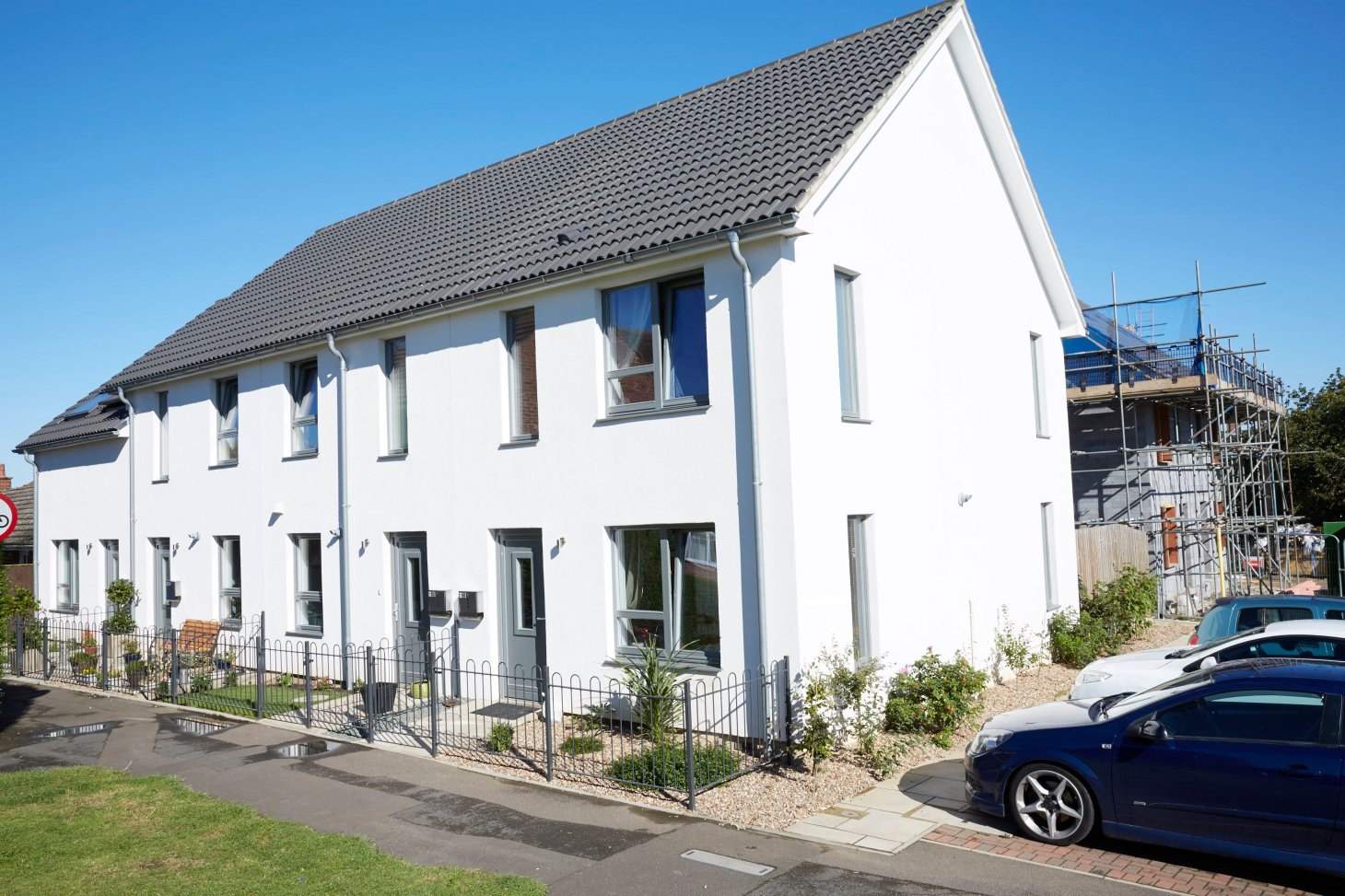
H+H External Affairs Director Cliff Fudge reviews progress on the Future Homes Standard
The much-anticipated conclusions on the consultation around revision to Part L and Part F of the Building Regulations, together with the next stage in implementation of the Future Homes Standard, set the path for zero carbon homes.
It’s not the first time we have been here, of course. There was a time when zero carbon homes were the target for 2016. Is it different this time? Or will changing economic priorities or government policy cause the whole initiative to dissipate once again?
Personally, I think it is very different. And yes, I do think we are genuinely on a path to zero carbon homes.
Partly this is down to a growing understanding throughout our population of the significance of climate change and the immediate need to do something about it.
In our economy the customer is king. If housebuyers care about zero carbon homes, then housebuilders do too.
Then there is a much firmer sense of a clear Government direction. The leadership of the UN Climate Change Conference in Glasgow this year puts the UK centre stage and focuses a very bright spotlight on its commitments to deliver real progress.
The sixth Carbon Budget Report of the Climate Change Committee outlined a pathway to achieve the challenging national target of net zero carbon by 2050. Challenging, but achievable provided every sector plays its part.
It is in the context of this integrated approach that we view the changes to Building Regulations.
The current progress seems to be a sensible blend of ambition and pragmatism. The new standards stick with a Fabric First approach, requiring higher performance from the fabric, and requiring it by 2022. The required U-value for walls is 0.18 W/m2K and this now may apply to extensions as well as new builds.
At the same time, the proposed regulations may also recognise that there is a limit to what can be achieved with a fabric only approach and start to embrace renewable technologies.
The time frame for the elimination of all fossil-fuel heating systems is set for 2025 which is certainly more achievable than the 2023 target that had been rumoured.
This compromise echoes many such in this document. For example, the transition period: implementation is based on the time of submission of plans rather than the completion date but applies to individual buildings rather than whole sites. This will dramatically reduce the time taken for the new standards to apply to homes under construction but is less draconian than the original proposal.
It is proposed that the new Regulations will come into force in England by June 2022, promising a quick 31% saving in CO2 over current standards, with the step change to a solution with zero fossil fuels by 2025.
These changes chart a challenging but achievable path towards real progress and there is certainly a feeling that the housebuilding industry is much more engaged with the process. Over 3,000 responses to the initial consultation document suggests an industry that is invested and participating.
Many of those responses suggested that the changes did not go far or fast enough, but I would argue that setting unachievable objectives benefits no-one.
The Sixth Carbon budget allows us to see where housebuilding sits within a national effort to reach a specific goal. Providing a framework and a clear progression allows housebuilders to plan to meet the goal, rather than forcing
Speaking from an H+H perspective, I welcome these changes and look forward to working with our housebuilder customers to achieve them: with aircrete, of course.